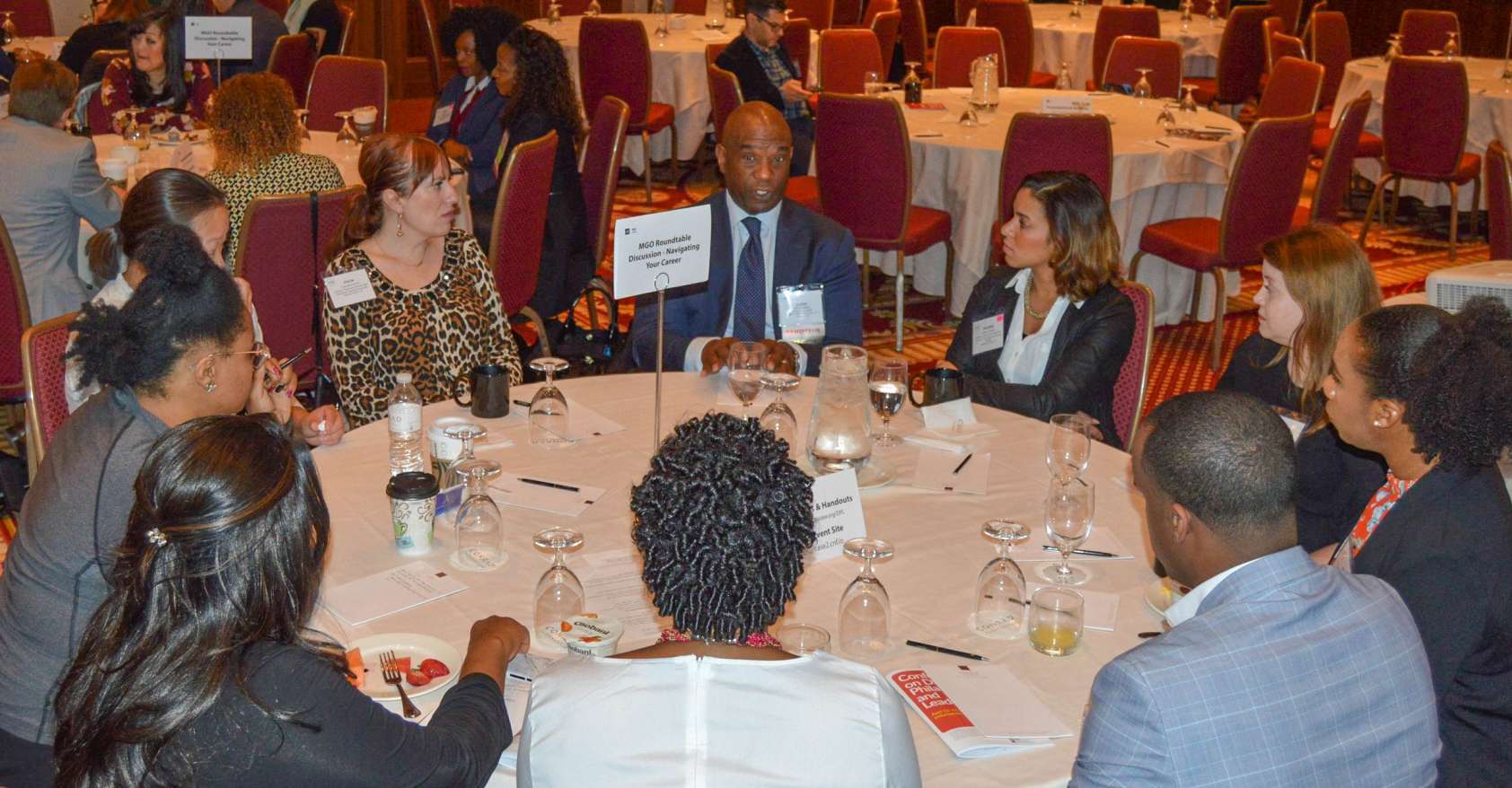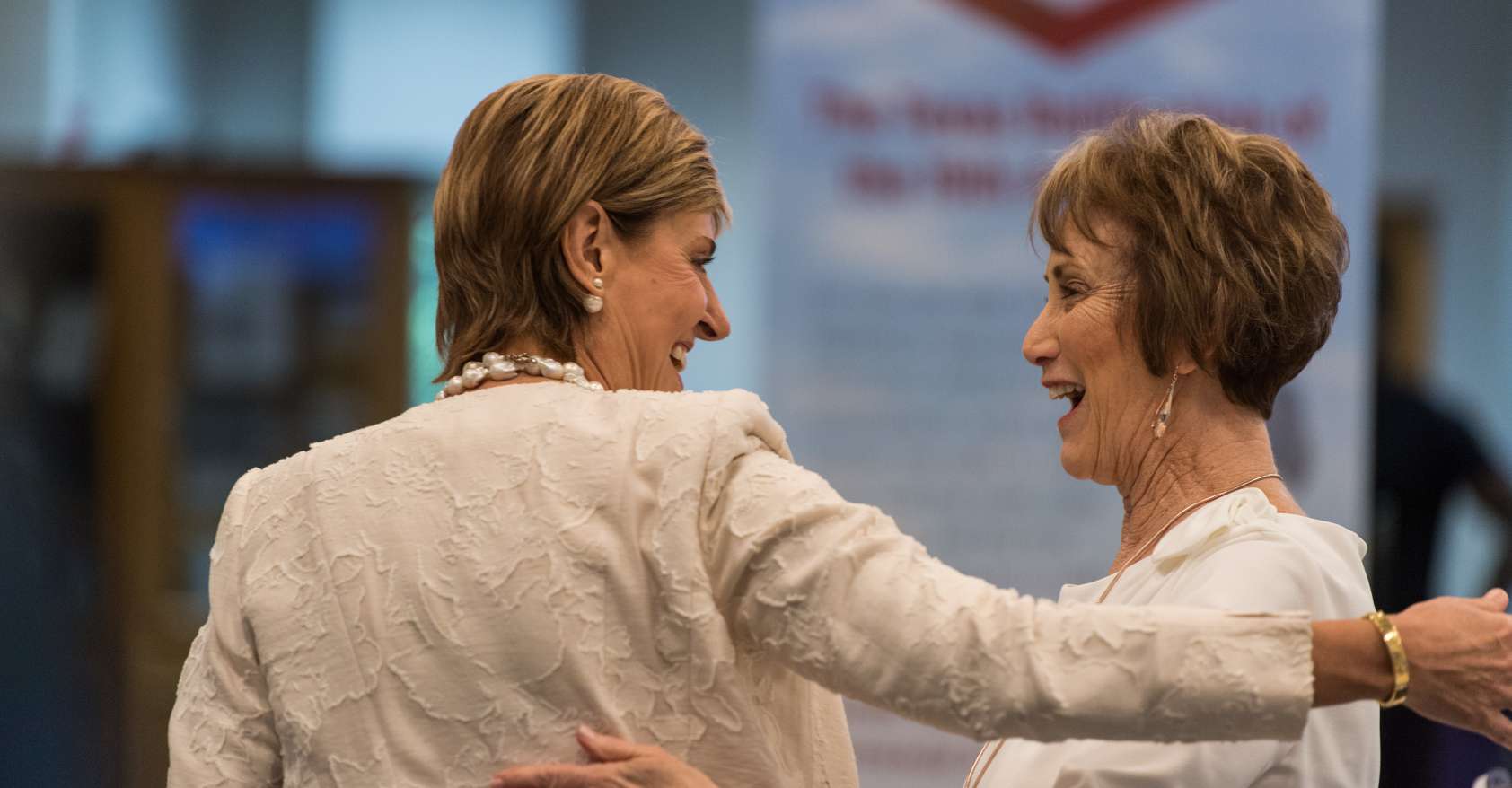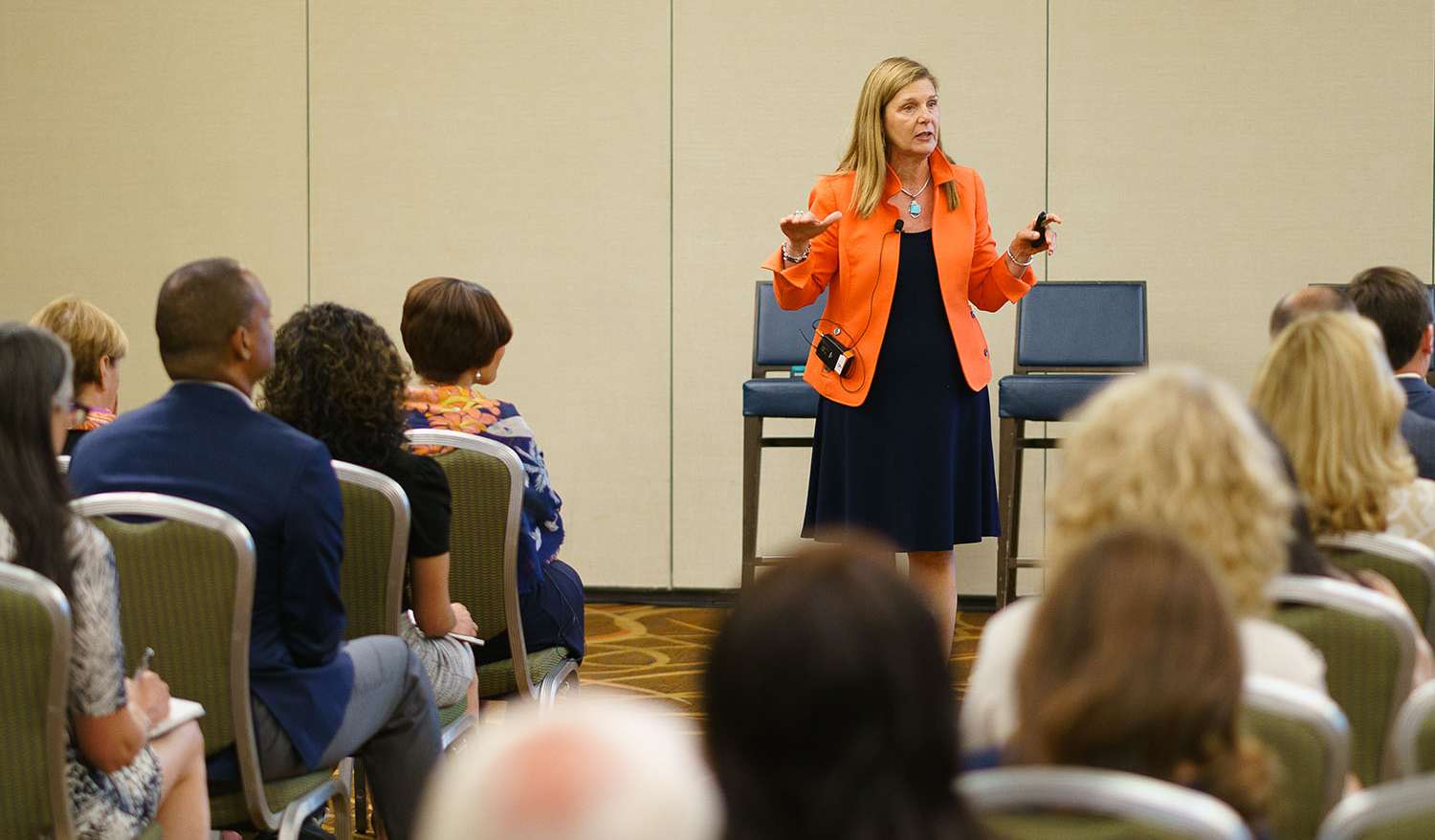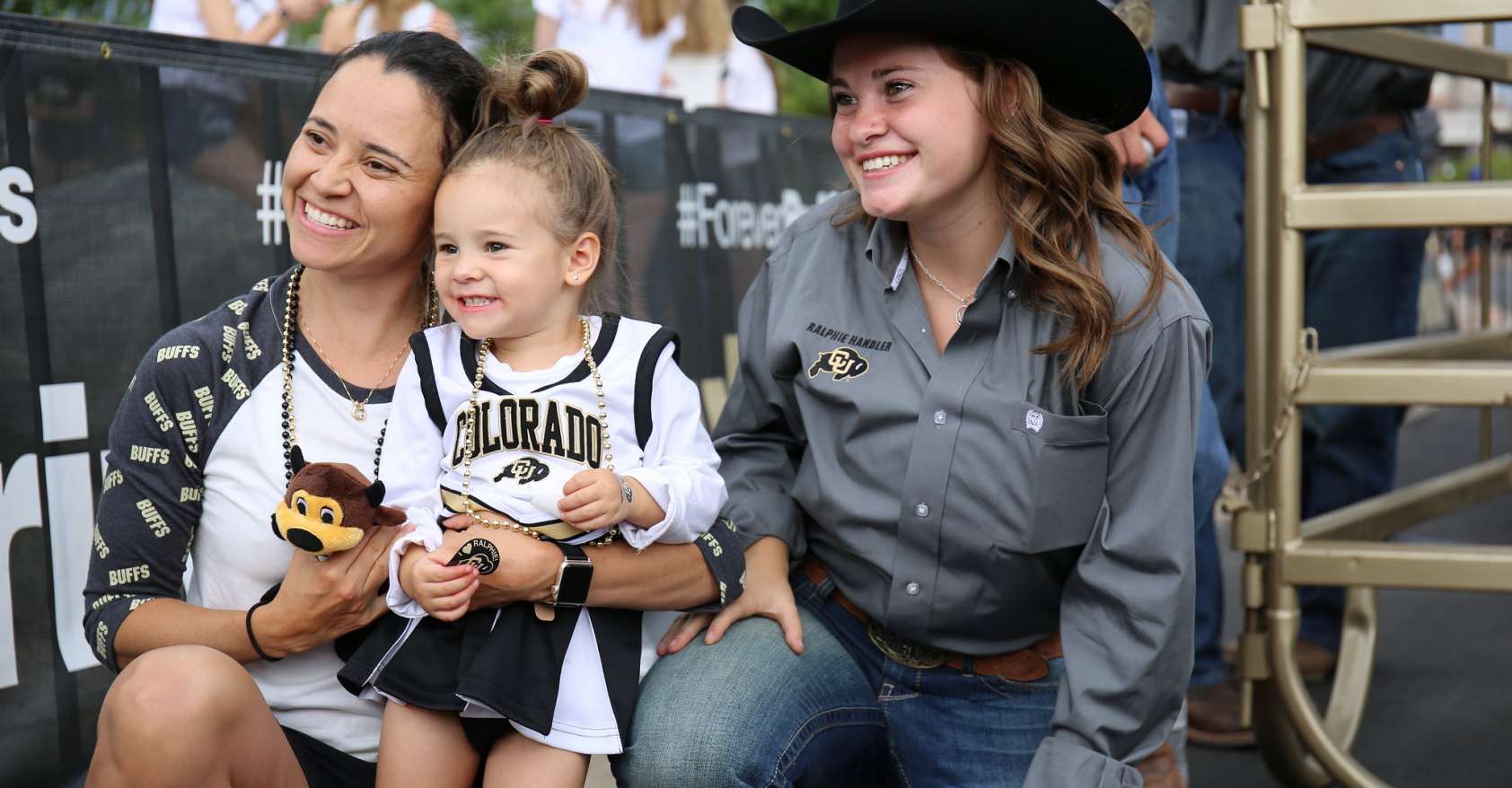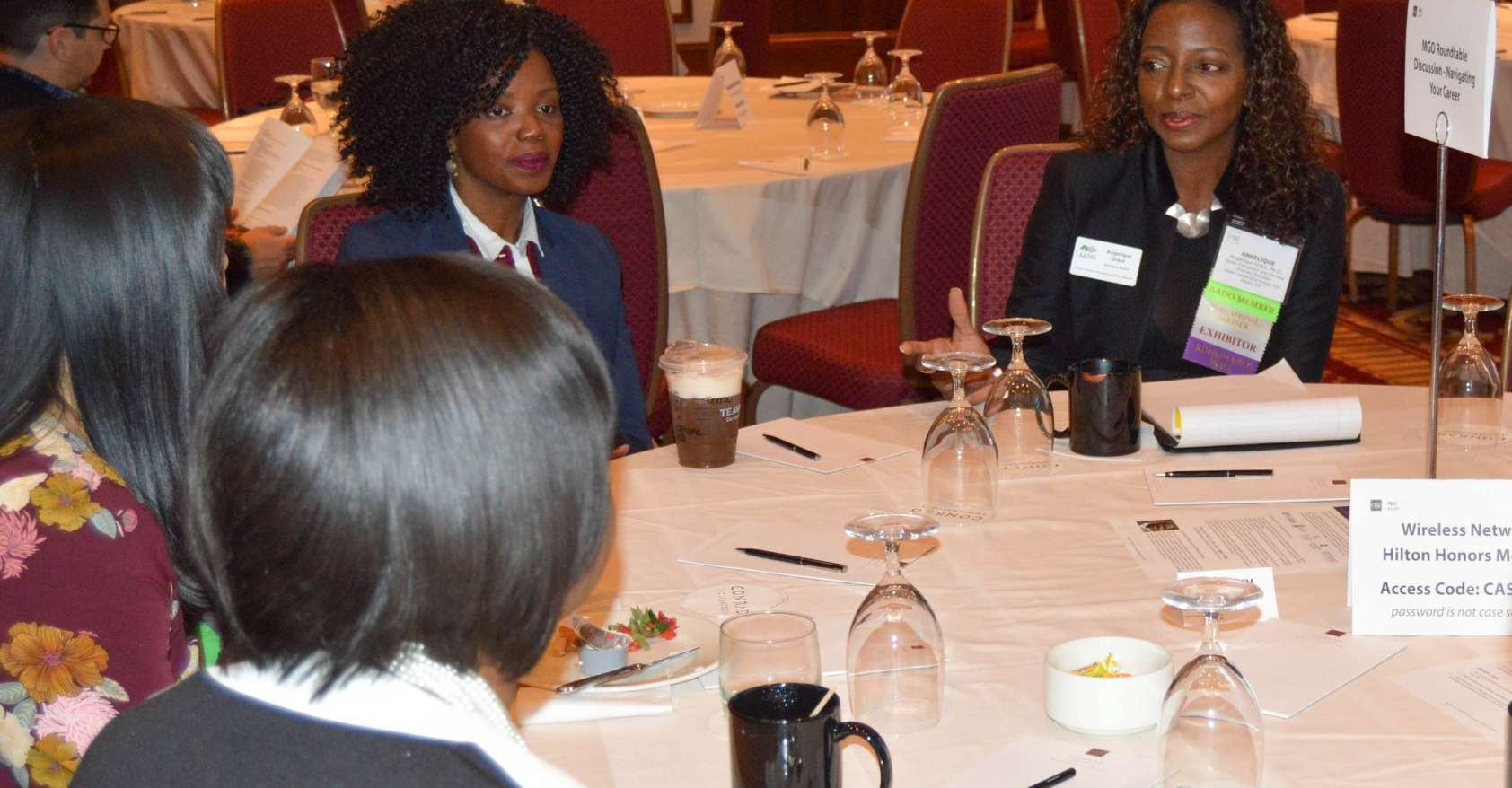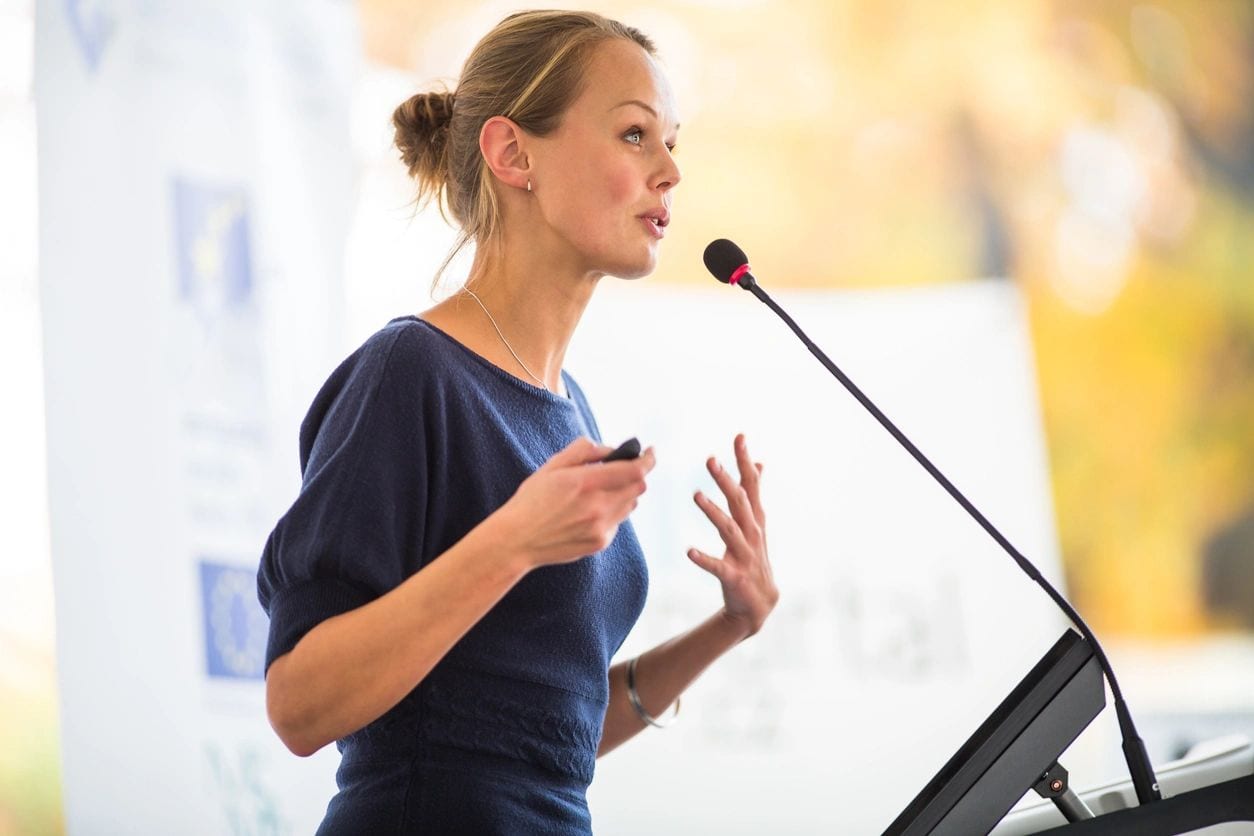Today’s speed of change will require leaders to find new ways to navigate this pace. My recent conversations with 12 VPs uncovered a shift in how they’re thinking about our work and its rapid evolution. As you enter planning season with your advancement team, keep the following six shifts in mind.
